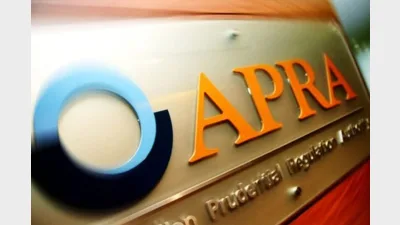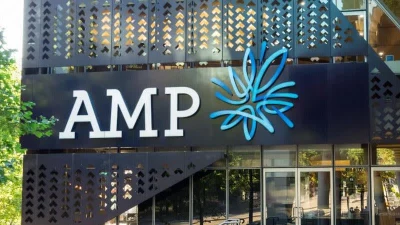Unpaid super adds $100m in Age Pension costs



Employers who dodge compulsory superannuation requirements are robbing workers of their retirement savings but also adding to the fiscal cost of the Age Pension, according to Industry Super Australia (ISA).
ISA said unpaid super costs workers $24,000 by retirement and the Government footed an extra $100 million in Age Pension costs a year.
ISA public affairs director, Matt Linden, said all Australians were impacted by rogue employers who avoid paying the super guarantee (SG).
“These costs will grow over time unless urgent action is taken to address unpaid super,” Linden said.
“Unpaid super is an easy fix for government. They could align SG payments with wage cycles; extend single touch payroll coverage to all employees; or tighten enforcement and penalty regimes.
“Both the senate committee and an inter-agency group established by the Financial Services Minister have been working on this for five months. The ducks should be lined up and ready to go.”
ISA called on the Government to address the unpaid super issue at next week’s Budget and estimated annual super pension drawdowns were $300 million per annum less than they otherwise would be, costing the Government $98 million in extra Age Pension payments.
“Australians, especially those who’ve been through the heartache of unsuccessfully chasing down what’s owed to them, expect our national leaders to act decisively,” Linden said.
Recommended for you
Delayed climate action could wipe hundreds of billions from superannuation balances by 2050, according to new analysis from Ortec Finance.
APRA deputy chair Margaret Cole has called on superannuation trustees to accelerate efforts to support members moving into retirement and to strengthen protections against growing cyber and operational risks.
Super trustees need to be prepared for the potential that the AI rise could cause billions of assets to shift in superannuation, according to an academic from the University of Technology Sydney.
AMP’s superannuation business has returned to outflows in the third quarter of 2025 after reporting its first positive cash flow since 2017 last quarter.









